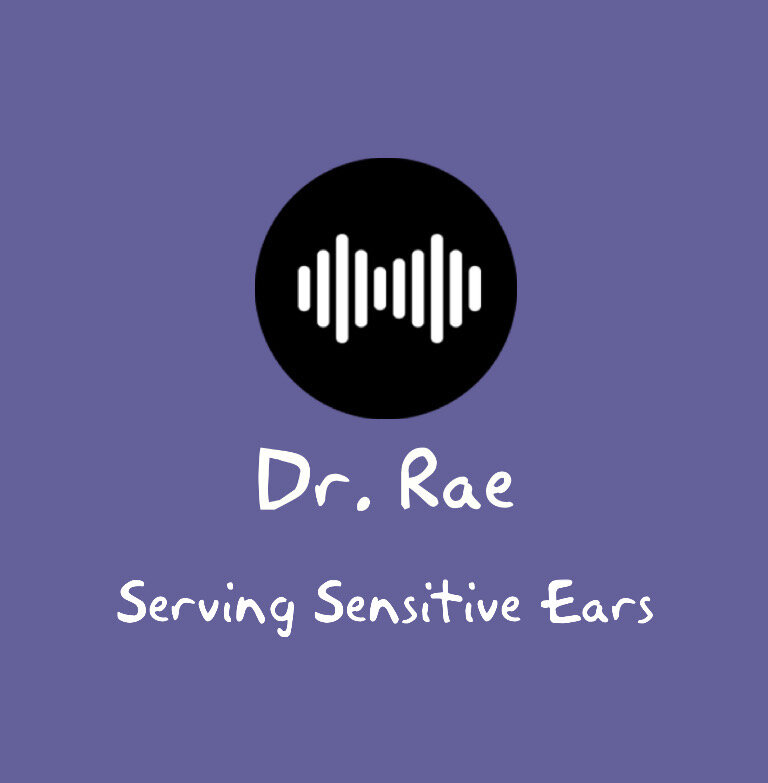It’s Not DEAFiance. It’s Living Without Full Language or Warning
Autism Testing Limitations for Deaf Children
It is worth knowing that autism testing is not especially accurate for Deaf children. Most tools are designed for hearing kids and rely on spoken language cues or responses that do not translate well into ASL. Many autistic Deaf kids are missed entirely, while others are misdiagnosed. So even if your child has been tested and told “not autistic,” sensory differences may still be playing a big role in what you are seeing.
The Impact of Incomplete Language Access
If you are not a fluent signer, chances are neither is your child, which means he probably has not had full, consistent language access yet. Without complete access to language in every setting, there will always be gaps in understanding. And if you and your child are not both fluent, it is important to ask how communication is really happening at home. Is it partial signs, gestures, pointing, or guessing? Are important details being missed? Without hearing, you are constantly surprised by your environment. Things happen without warning. People appear behind you. Instructions change midstream. That unpredictability builds anxiety, frustration, and a drive to control as much as you can.
When Behavior Labels Miss the Root Cause
When Deaf kids are labeled with behavior issues like ODD or PDA, the underlying problem is often sensory overload and incomplete communication access. Autism is not a behavior problem. It is a sensory processing difference that can affect multiple systems at once. When a child is sensitive to light, touch, movement, or certain visual or tactile cues, their brain can be overloaded before you even make a request. Add in other sensory-based conditions like auditory processing disorder, hyperacusis, or misophonia, and the day-to-day environment can become exhausting or even painful. In that state, a small request can feel like a threat, and the reaction may look like willful defiance when it is actually self-protection.
Control as a Survival Strategy
There is also something many hearing parents do not realize. Deaf and hard of hearing kids often try to control their environment in the same way they control conversations. If you grow up missing pieces of information, such as a sign you did not catch or a visual cue that was blocked, you learn to protect yourself by controlling the interaction. For adults, that might mean steering the topic. For kids, especially with limited language access, it can spill into daily routines, transitions, and even how other people behave. It is not about power for the sake of power. It is about making the world predictable and safe enough to keep up.
Addressing the Real Issues First
If the sensory load and communication gaps in your child’s day are always high, they are already close to their limit before a single conflict starts. Addressing those upstream sensory and language barriers first often changes everything long before “behavior plans” make a dent.
About the Author
I am an audiologist, a neurodivergent consultant, and fluent in ASL. I have lived through some of these same challenges myself as both a professional and a parent. If this speaks to you, click my profile picture and use the blog search bar for “oppositional.” The full article will be up later today, but you are welcome to browse in the meantime.
